As we already mentioned in our previous post about the BOTT XR1R release, Bottpower is now involved in a new challenge: to race Pikes Peak in 2017.
For those ones that are not familiar with this race, Pikes Peak is an annual hillclimb to the summit of Pikes Peak in Colorado, USA, which takes place every June since 1916. It is the 2nd oldest race in the USA.
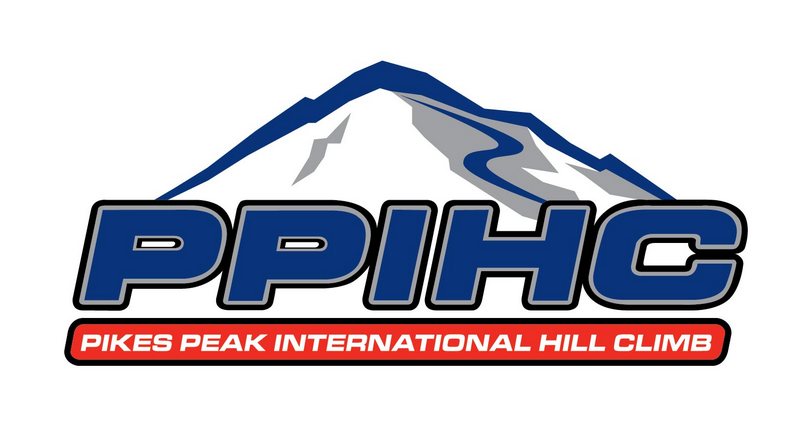
The track used to be of both gravel and paved sections, however as of August 2011, the highway is fully paved and as a result all subsequent runnings have been on asphalt from start to finish.
The track measures 12.42 miles (19.99 km) over 156 turns, climbing 4,720 ft (1,440 m) from the start at 9370 ft (2856 m), to the finish at 14,110 ft (4,300 m). The altitude is one of the biggest challenges of this race. Later on we will talk about it.
The race is currently contested by a variety of classes of cars, trucks, motorcycles and quads.
My first memories about this race are from the nineties, when I saw for the first time a short film titled “Climb dance”. It captured the efforts of Finnish former World Rally Champion Ari Vatanen, as he won the event in a record-breaking time with his turbocharged Peugeot 405 Turbo-16. The video is still, without doubt, spectacular:
Current car record was established by Sebastien Loeb in 2013 with a Peugeot 208 T16. That year Loeb and Peugeout went to Pikes Peak to make something special and indeed they did it! They improved previous record in more than one and half minute, with a recorded time of 8:13.878, still unbeaten. You can see a breathtaking video here.
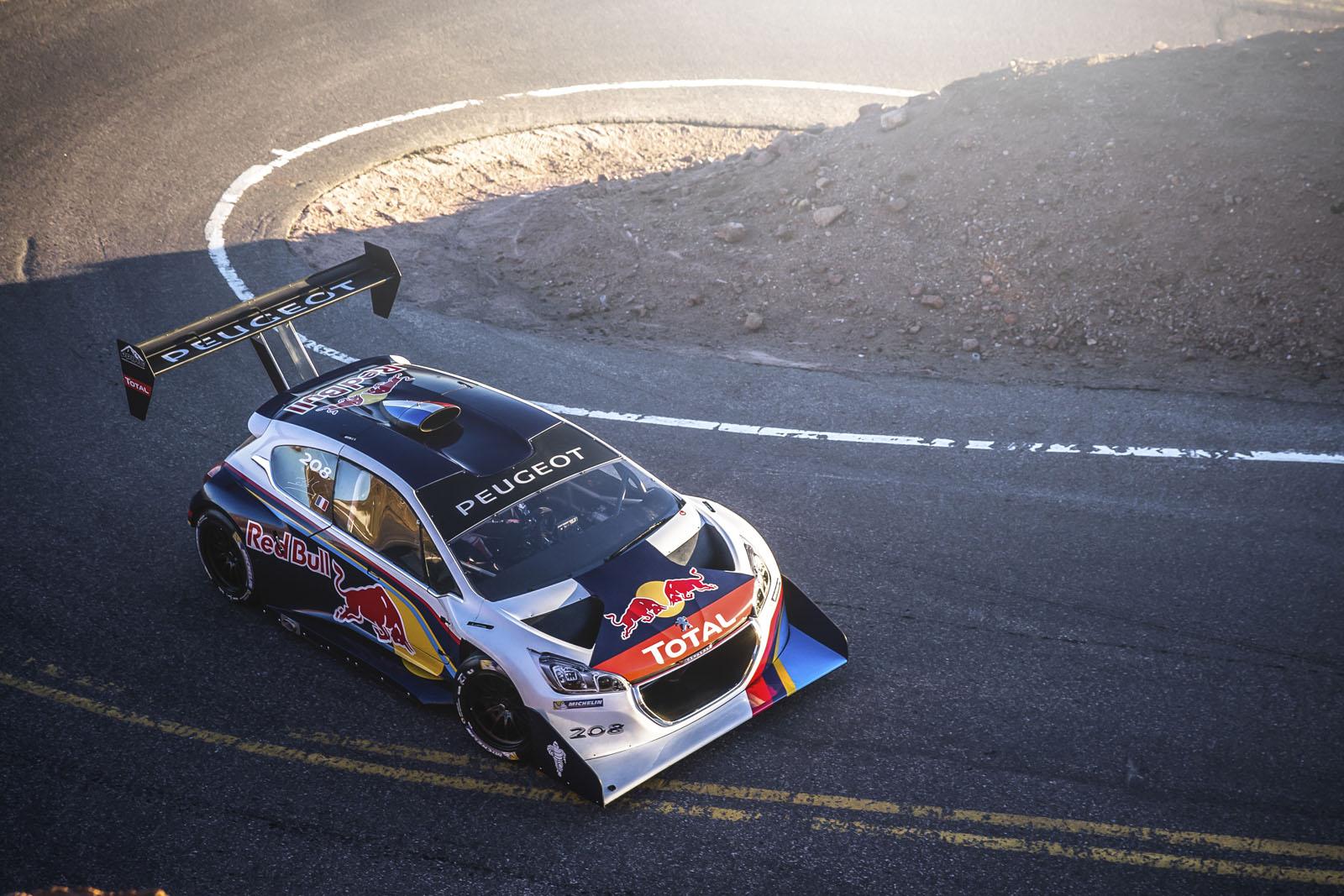
In motorbikes, the fastest rider for the moment is Carlin Dunne, with a 9:52.819 record established in 2012 with a Ducati Multistrada. He is one of the few ones (both in cars and motorbikes) who has raced under the 10 minutes barrier.
We mentioned before that one of the main challenges in Pikes Peak is the altitude. To race between 9370 ft (2856 m) and 14,110 ft (4,300 m) has several difficulties. At that altitude, atmospheric pressure is much lower, and this affects negatively both the engine and rider performance.
About 78% of the air is nitrogen and 21% is oxygen. These percentages don’t change in the first 100 km of altitude.
At sea level atmospheric pressure has its maximum value: 1 atmosphere. As we move up, pressure decreases, and this reduces the air density. This means that 1 cubic feet of air at sea level has more molecules than 1 cubic feet of air at 14110 ft. At that altitude it has less molecules of Nitrogen and also of Oxigen, which is a fundamental gas for the fuel combustion.
In the next chart we see how atmospheric pressure is reducing as we increase altitude.
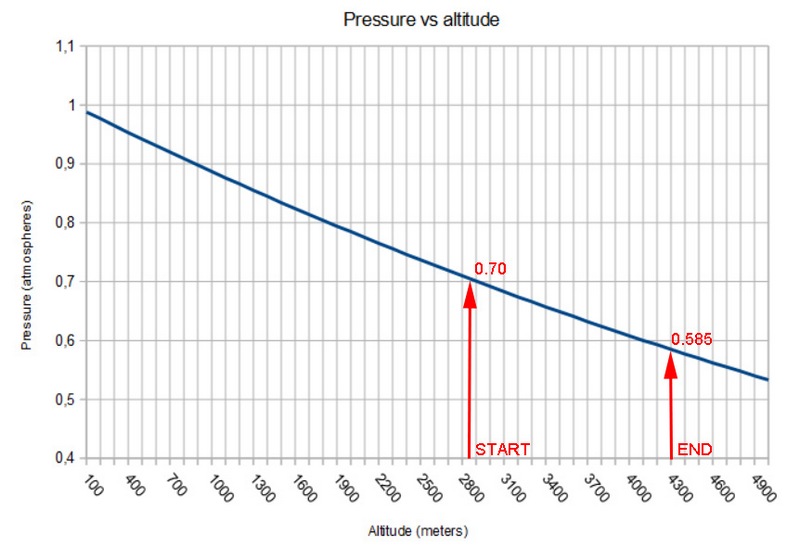
At sea level we have a pressure of one atmosphere, at 9370 ft (start line in Pikes Peak), we have a pressure around 0.7 atmospheres, and at 14110 ft (finish line) we have around 0.585 atmospheres.
The Oxygen is reduced proportionally to the pressure, and the same happens with the engine power.
This means that in the start line we already have a 30% reduction of power compared with sea level, and that at finish line, we have lost more than 40% of the engine power.
This lack of Oxygen doesn’t affect only the engine, it also affects the rider.
Mountain medicine recognizes three altitude regions that reflect the lowered amount of oxygen in the atmosphere:
High altitude = 1,500–3,500 metres (4,900–11,500 ft)
Very high altitude = 3,500–5,500 metres (11,500–18,000 ft)
Extreme altitude = above 5,500 metres (18,000 ft)
So, in Pikes Peak we are talking about Very high altitude. That’s not a joke. At that altitude we have an increase in the breathing rate, and reaction time increases, which is not something very good if you are riding a motorbike at 200 km/h. Other symptoms can be headache, fatigue, stomach illness, dizziness, and sleep disturbance.
In summary, high altitude is also a challenge for the rider, whom during some months before the race should practice an specific workout designed for the lack of oxygen that he will face during the race. It is also important to arrive to Pikes Peak sufficiently in advance in order to have enough time to become acclimatized to the altitude. Here you have an interesting video showing Guy Martin physical training for the altitude.
PROJECT STATUS AS OF TODAY
During the last 10 years I have worked as data engineer and race engineer in different championships (Spanish championship, European championship, World Endurance, Qatar SBK, and races of Asian and World championships), but till now I never have faced something similar to Pikes Peak.
So, since I thought that it would be interesting to race there, I have been reading about the race, and also I have been asking other riders and teams with experience in the mountain, in order to know what is necessary to do it well there.
We also started looking for sponsors, and the first one to support us has been Kriega, the British brand of motorcycle luggage and motorcyclist backpacks. For Bottpower is really interesting to work with a company like Kriega, because they have earned a reputation as a top brand in their sector regarding design and quality.

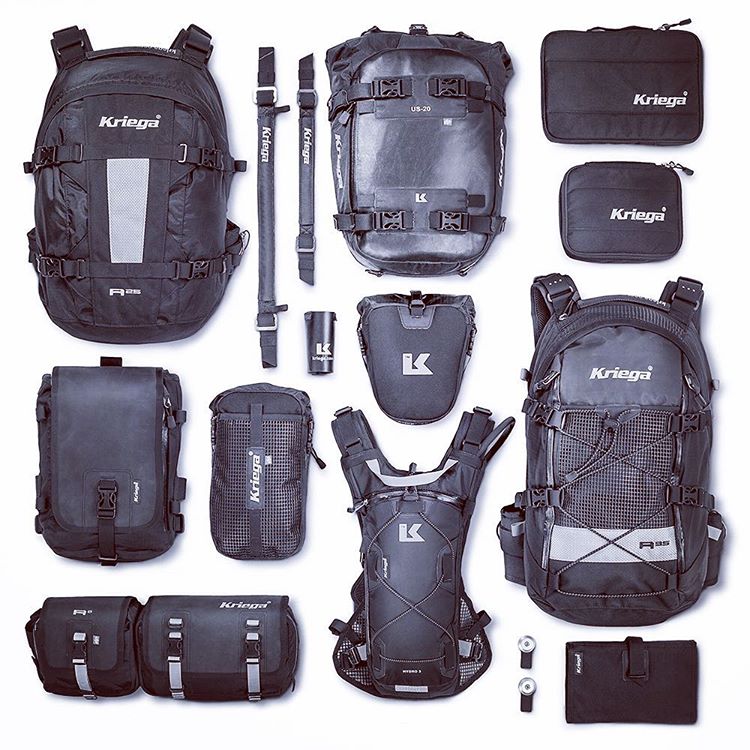
We also have been talking with several fast riders with experience on the mountain. We should have clear who is going to be our rider in the next weeks.
Talking about the bike, we do not have too much news by the moment. In the XR1R release post we said that our target is to have a 150 HP and 150 kgs bike in race configuration and also that the XR1R presentation didn’t mean that we have finished the project, it meant that we were at the very beginning: to get 150 HP from a standard Buell XB engine is not an easy task. In fact our idea is to use an engine from a Buell XBRR.
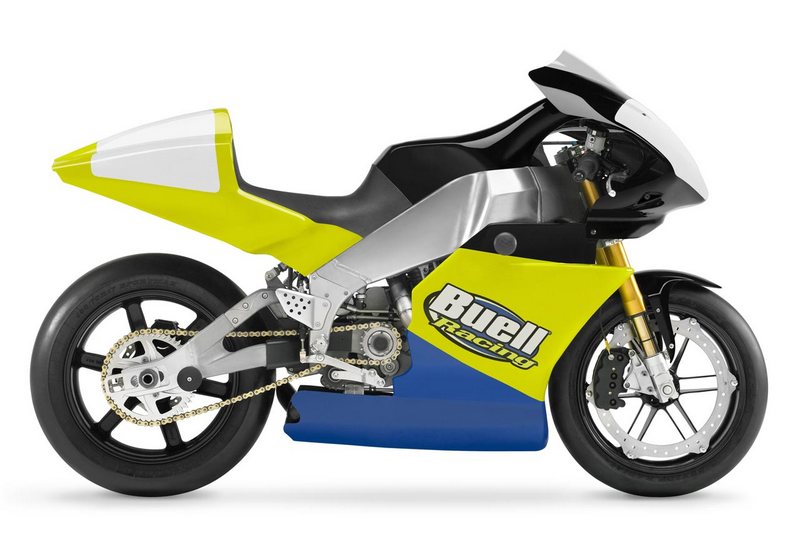
The XBRR is a factory race bike that Buell released in 2007. They built only 56 units. The engine is very different compared with the standard XB. It is also air cooled, but the capacity was increased up to 1340 cc, and it has 2 giant 62 mm throttle bodies instead of just one. It also has huge titanium valves and magnesium crankcase side covers.
We already bought one of these bikes, it is not in our workshop yet (it still will take a few weeks to have it here). Once we have the bike in our workshop, we will disassembly it completely, we will review the engine and will keep it in perfect condition, before mounting it in the XR1R.
I think that the XBRR engine is the most critical part of the whole project, because it is an engine that we don’t know yet, and it is expensive and difficult to find spare parts.
From the XBRR we will use also the swingarm (which allows to adjust the wheelbase, something that is not possible to do with the standard one), the chain transmission, and probably the Öhlins fork and the magnesium rims. To sum up, at the end there will remain very little from the XR1R of the studio photos.
So.. it seems that we have a lot of work ahead if we want to be 100% ready on time for Pikes Peak!
Hey David! it sounds really good and the project seems as perfectly designed in all details as the BOTTPOWER motor-bikes.
Good luck!
Mike
Thank you Mike. We will try to do a good job. Anyway we are novices in this race so the first target is to learn as much as possible. 🙂
Wow, what a undertaking. As always your format of giving information is impeccable. No bull or unsubstantiated rhetoric.
I love my Buell Lightning STT, both it’s looks and it’s ability. So to turn my head from my bike to another is almost impossible.
That is until you introduced and seduced me with the most definitely better looking younger sister, your Buell Bott XR 1.
Just turned 68 two days ago and thought that most of the things that made my blood race had been made years ago.
I now stand in awe and envy of anyone who converts their Buell to your design. Far too many things today are “look alike “.
The cookie cutter sameness and the outrageous just for the bling effect have left me unimpressed.
Not so with your products and endeavors.
Charlie
Ontario, Canada
Thank you very much for your kind words Charlie. They mean a lot for us!
Vert Nice project, i Will be following this adventure
Thank you Sami! 🙂
What a great challenge to confront. Good luck and Godspeed!
Thank you very much Blake!! 🙂
This is the YEAR!! best wishes and good luck David! Mike & INDESmed Team.